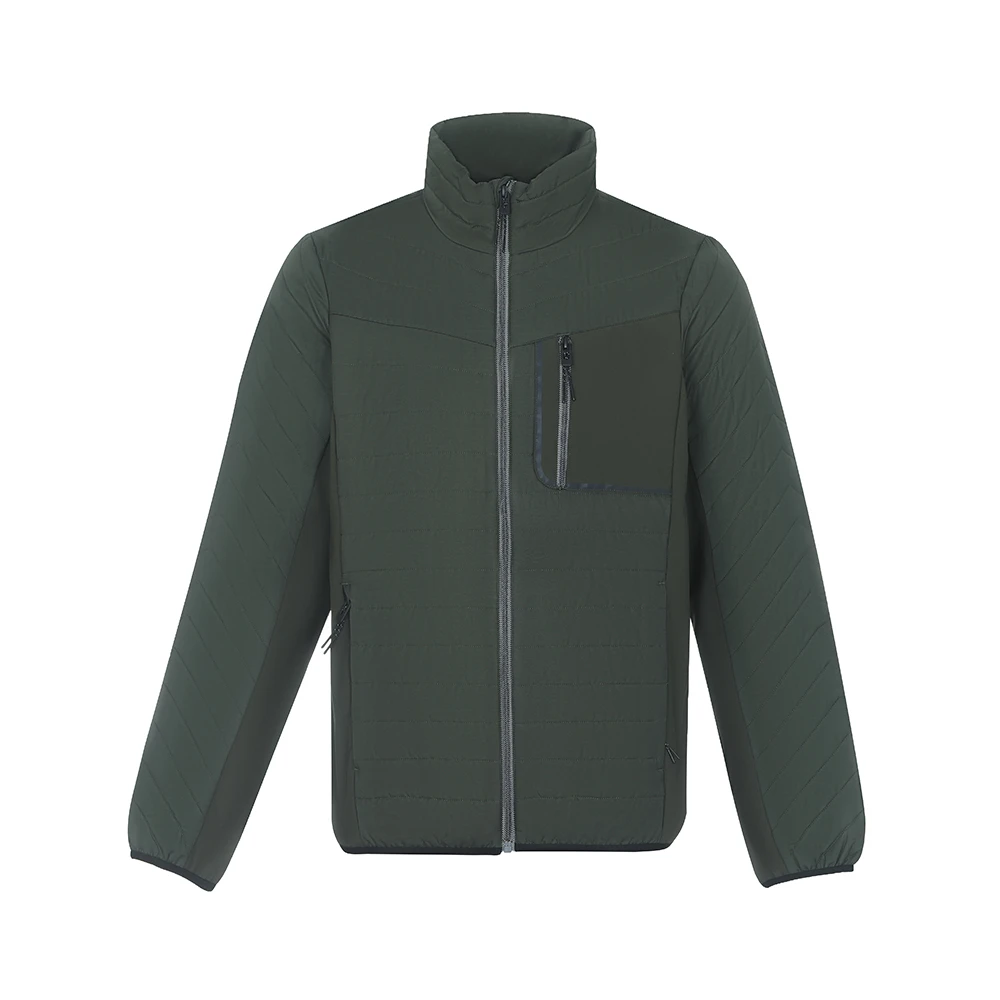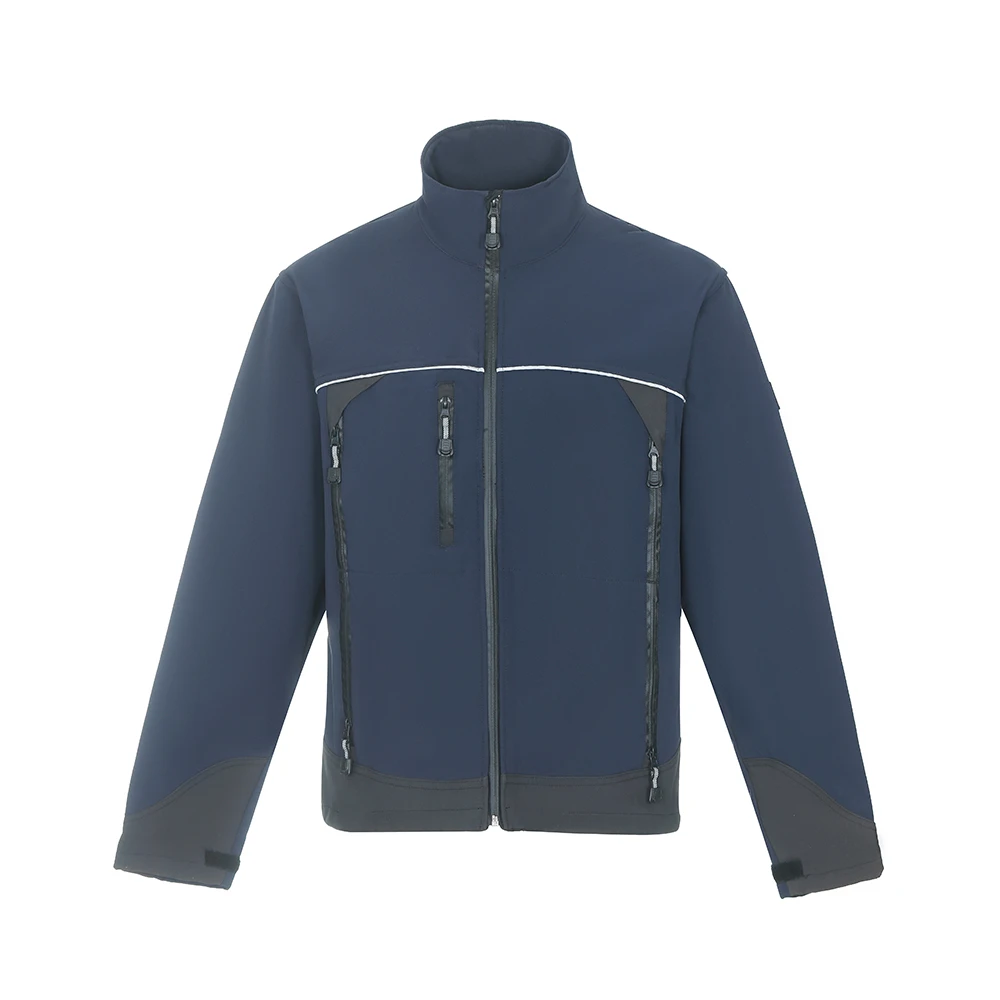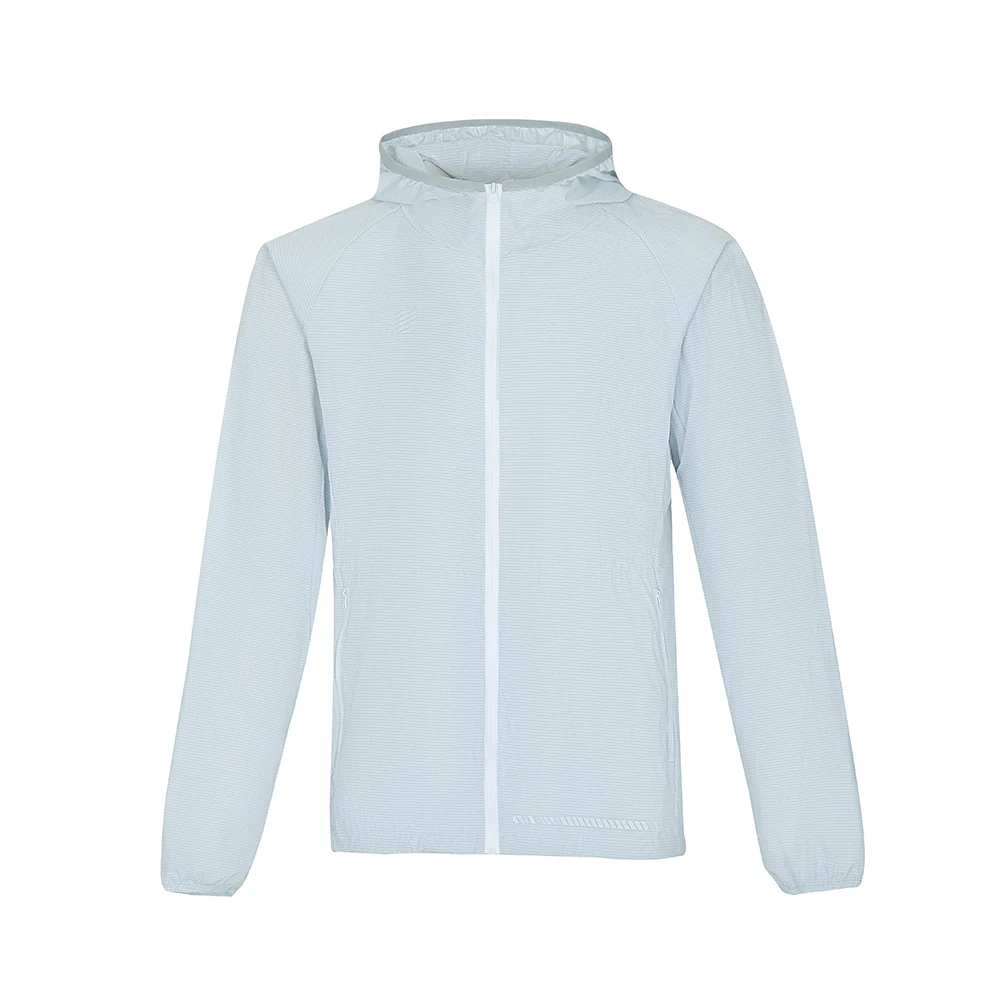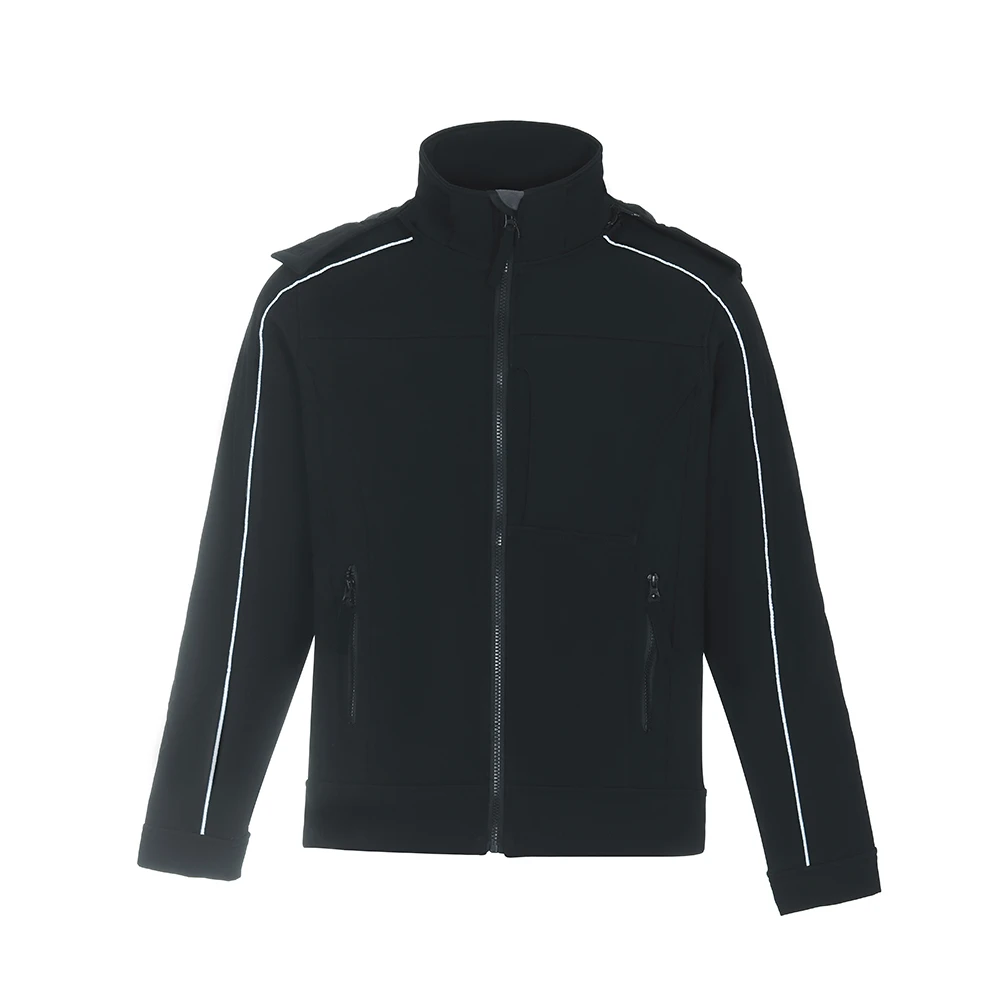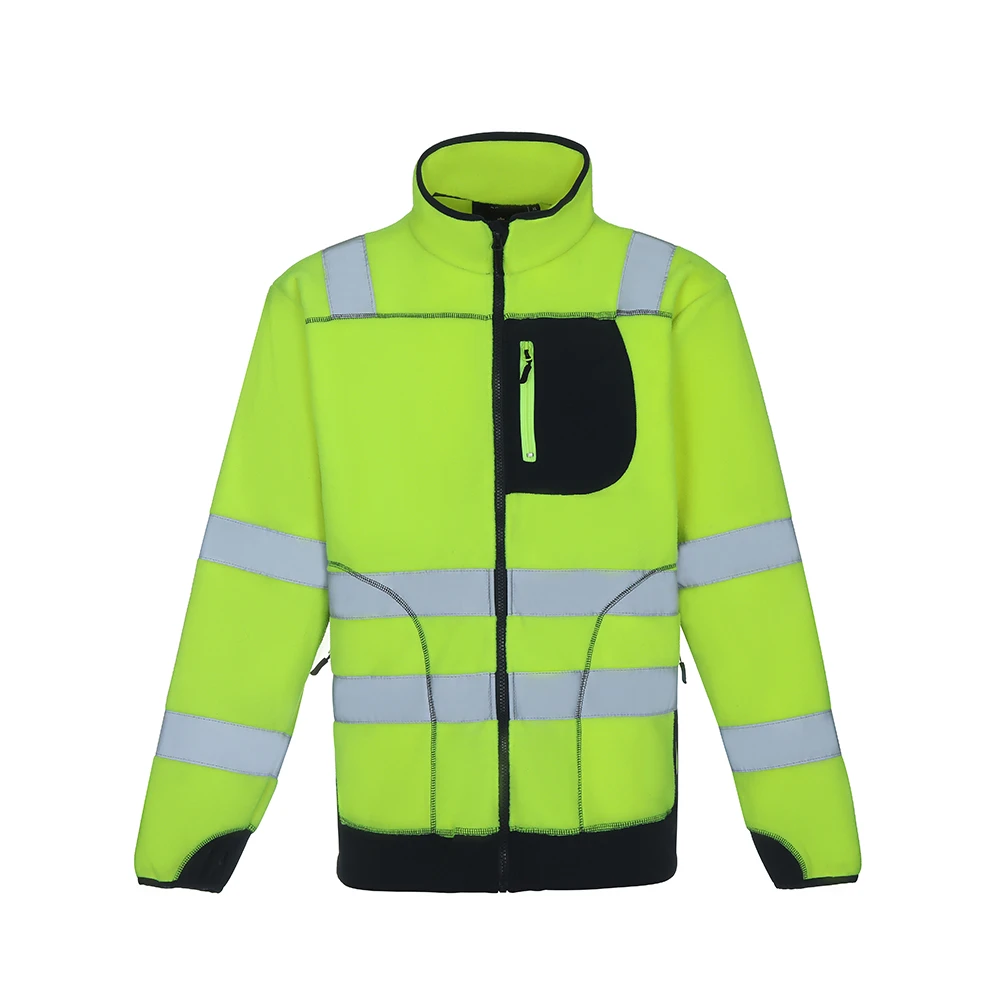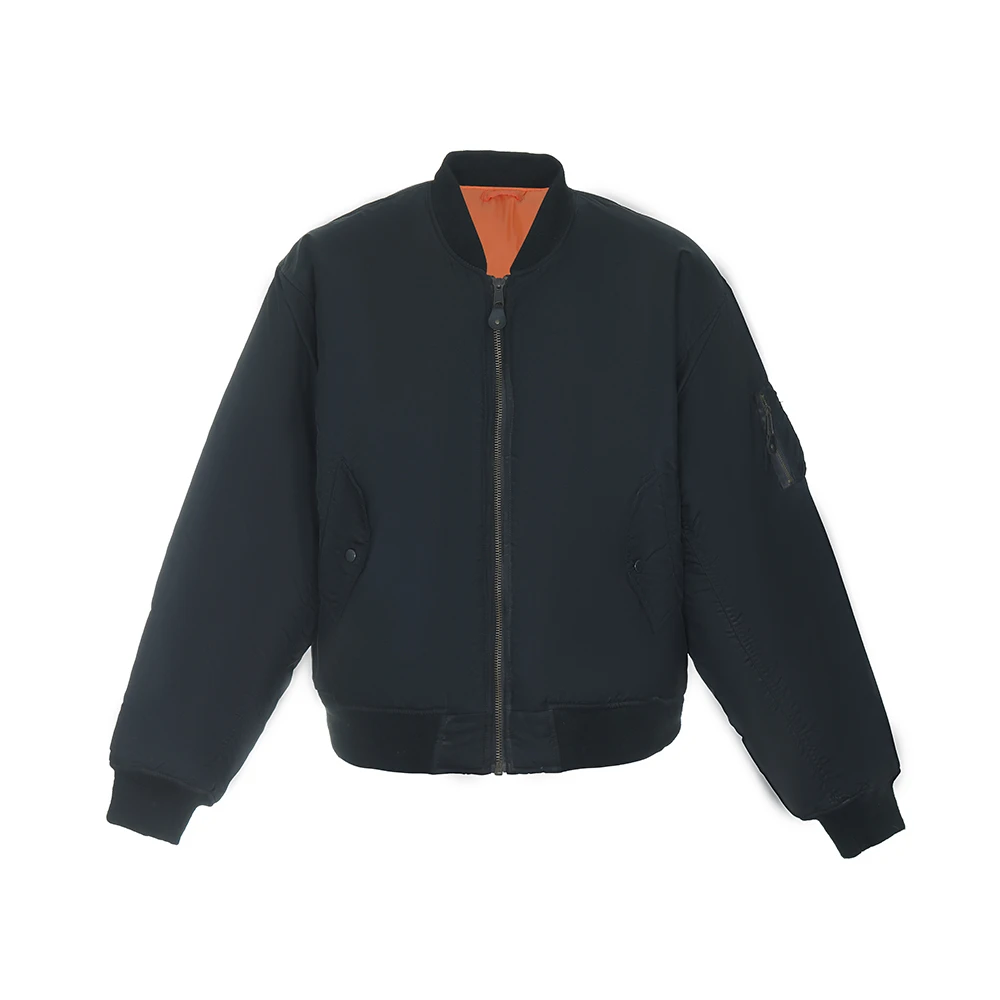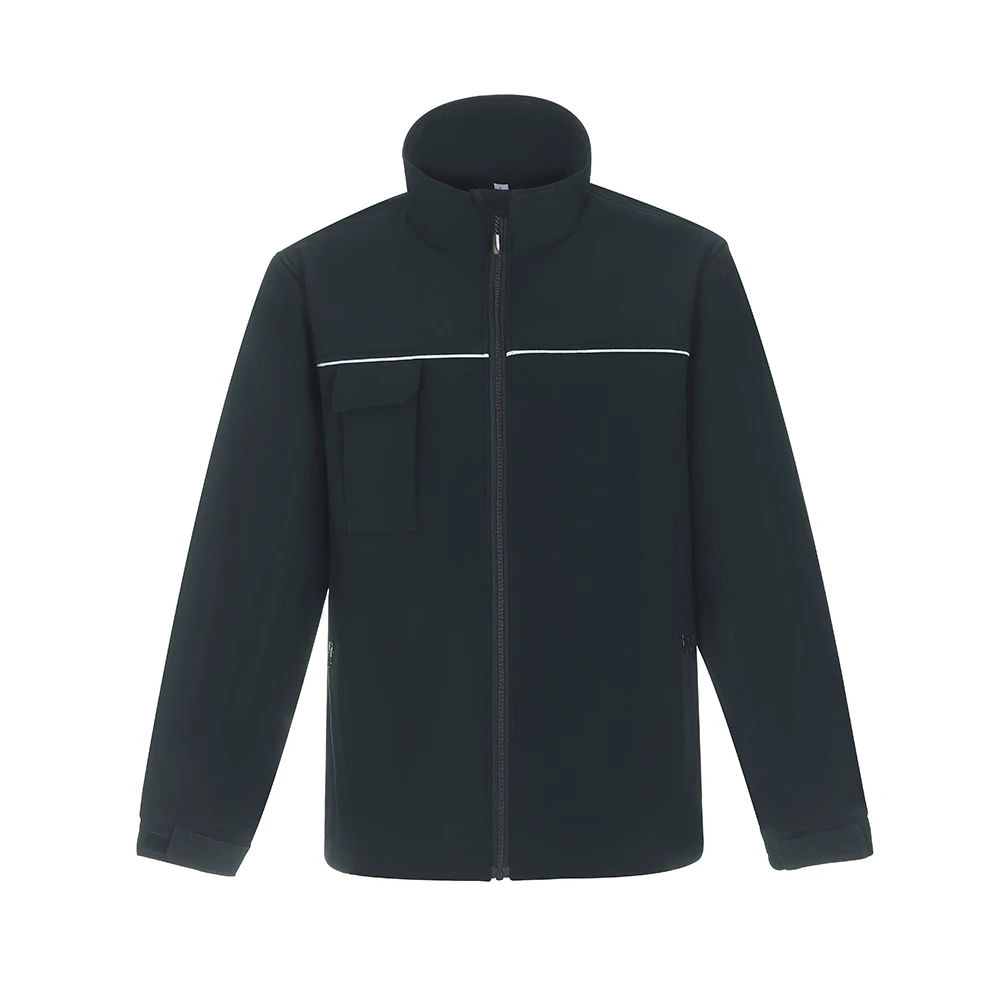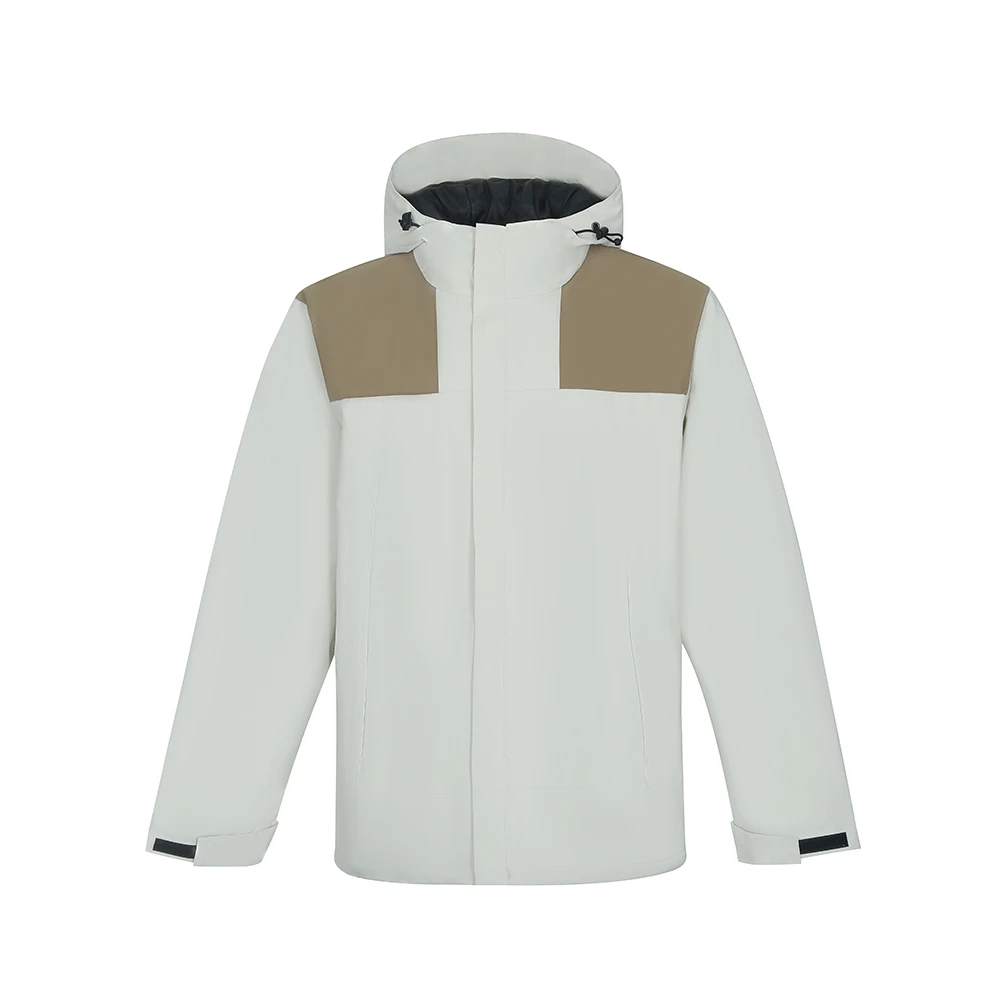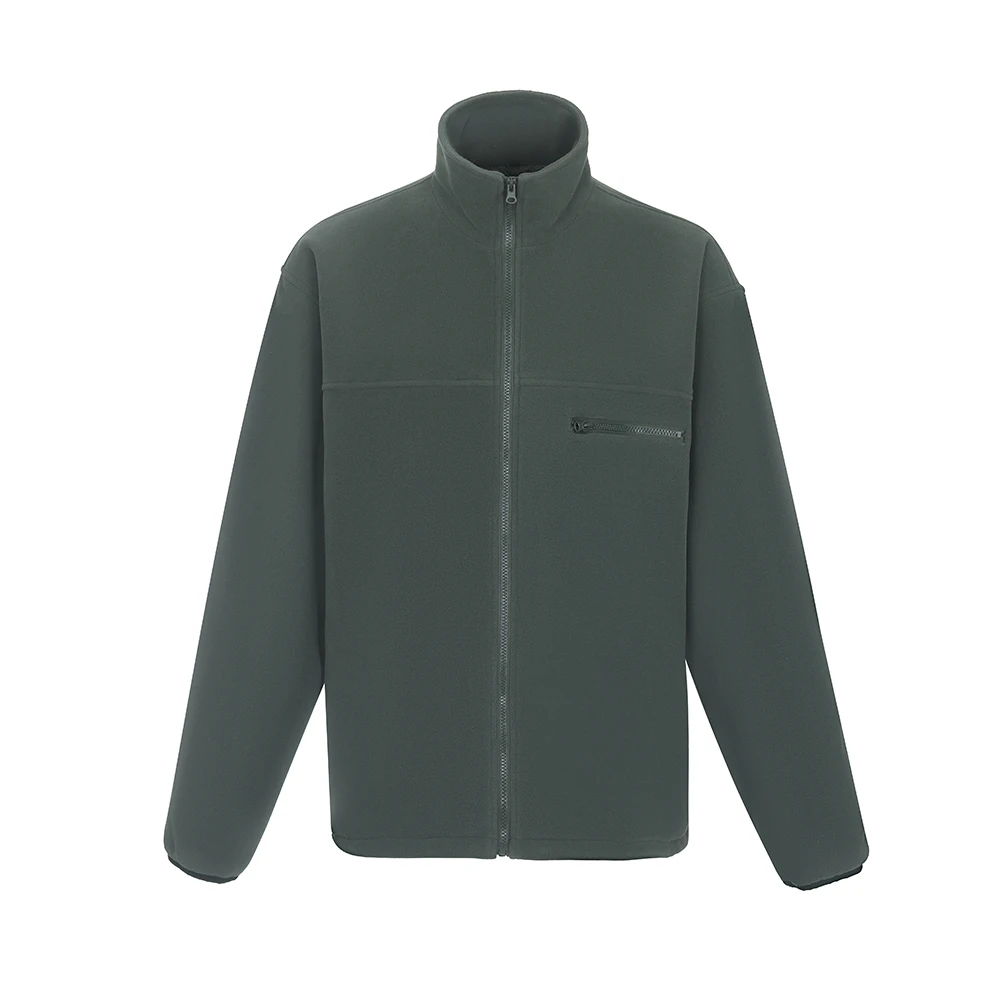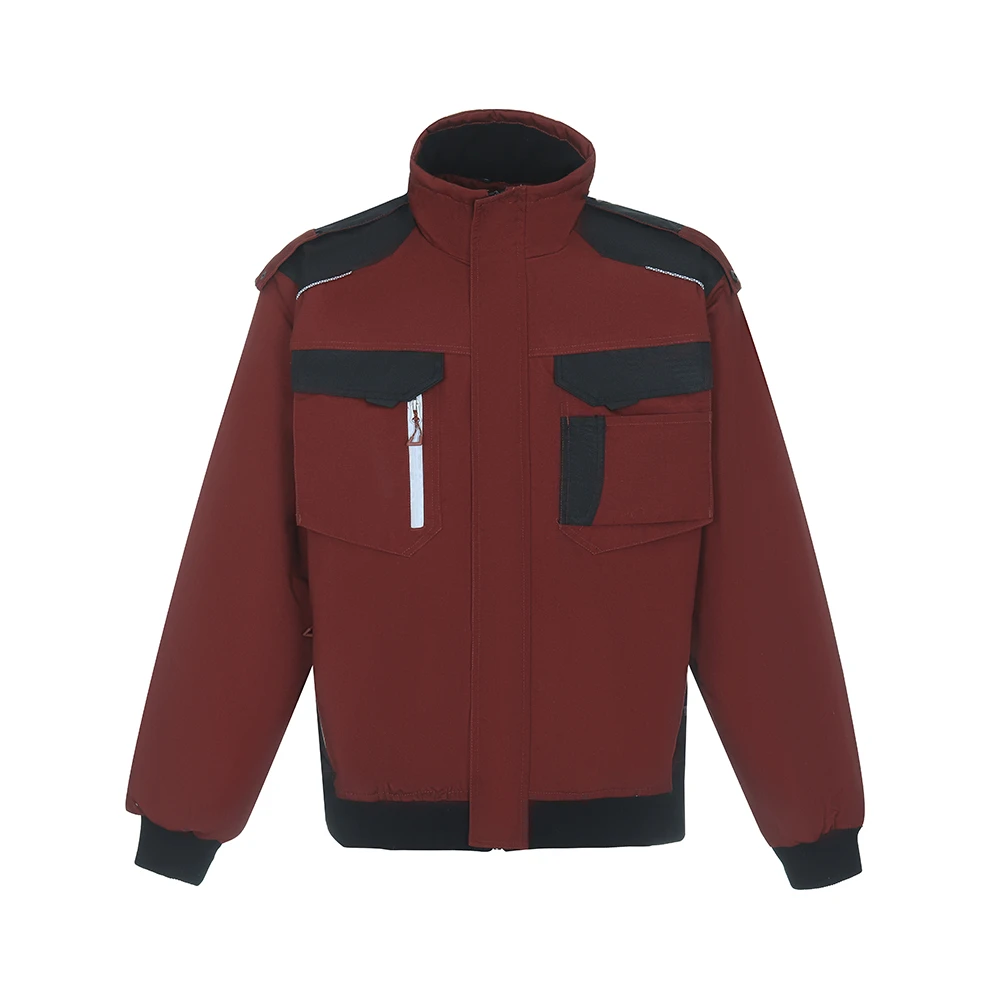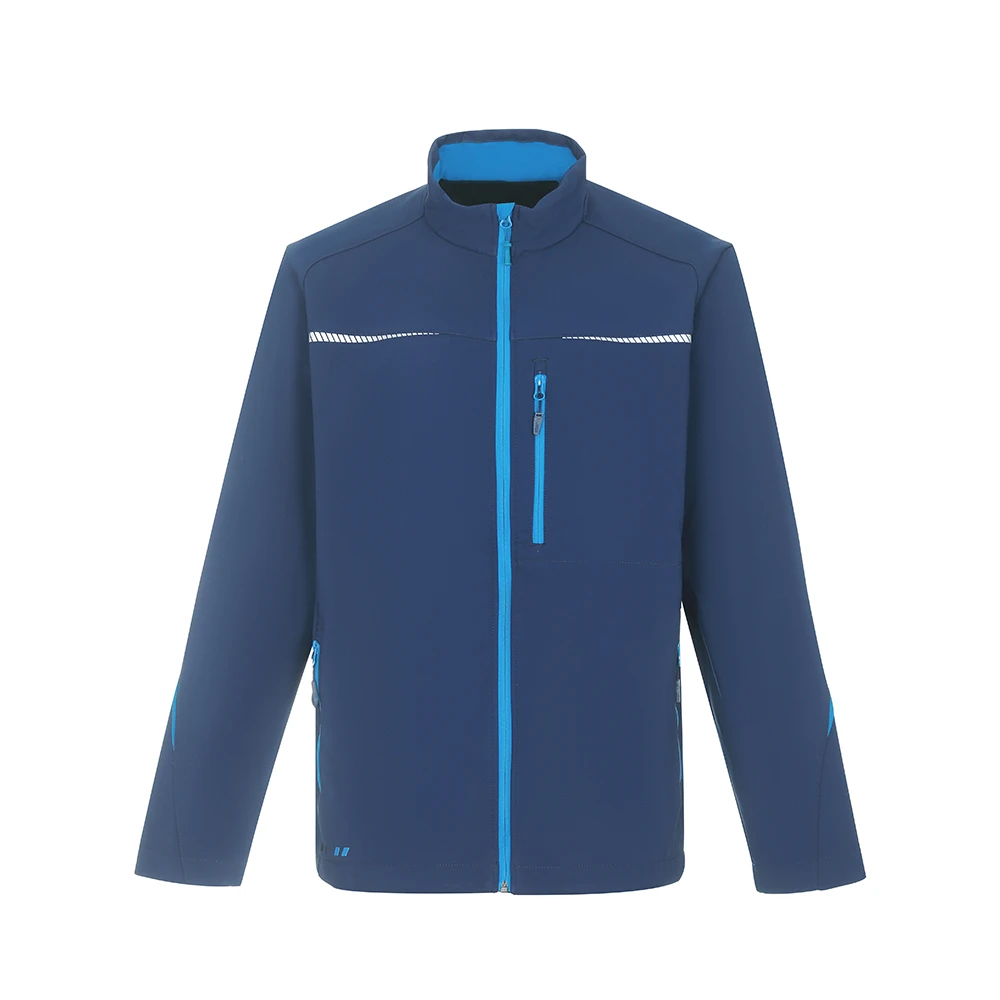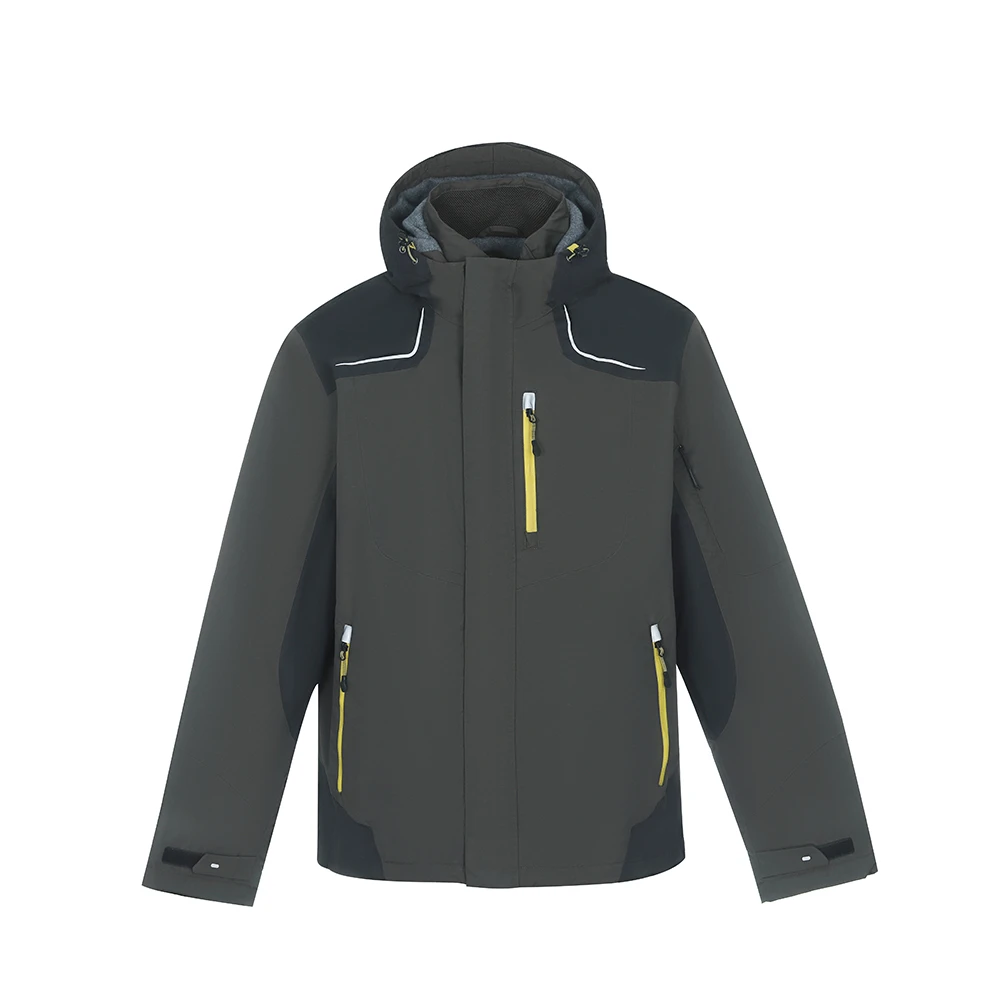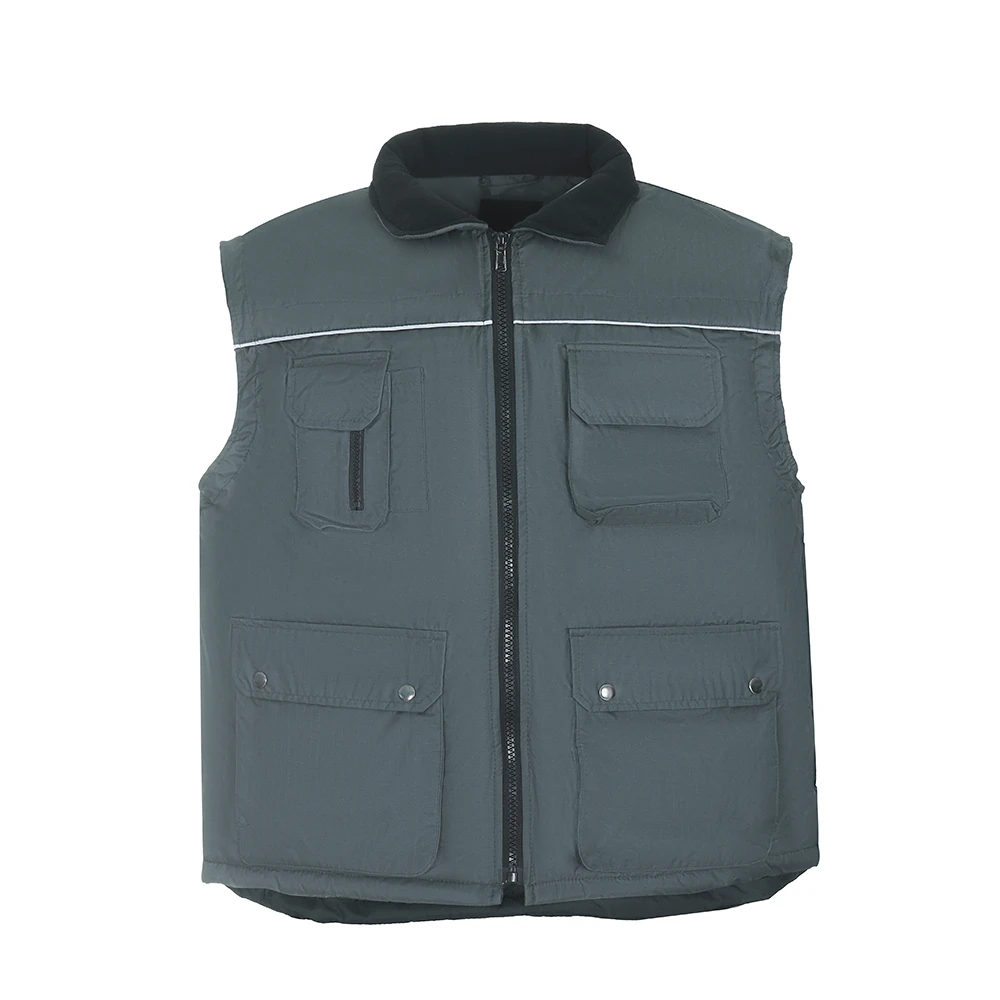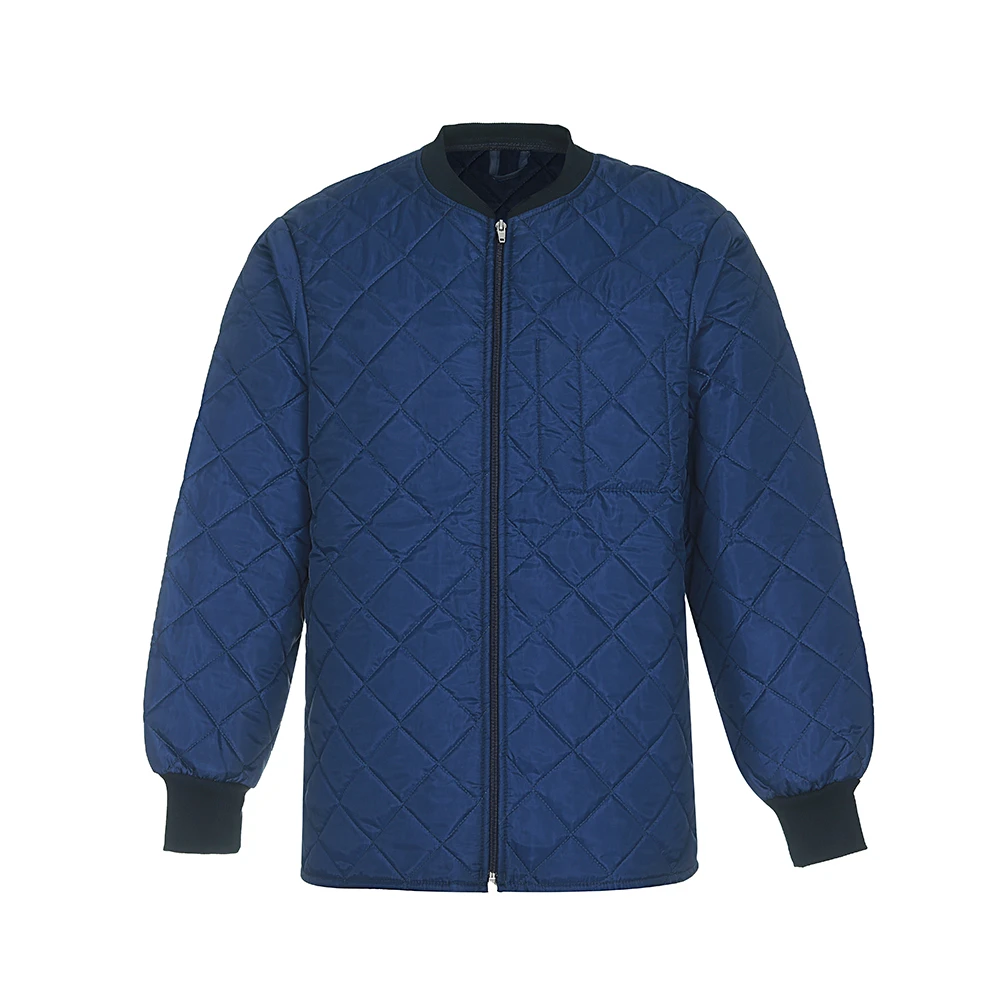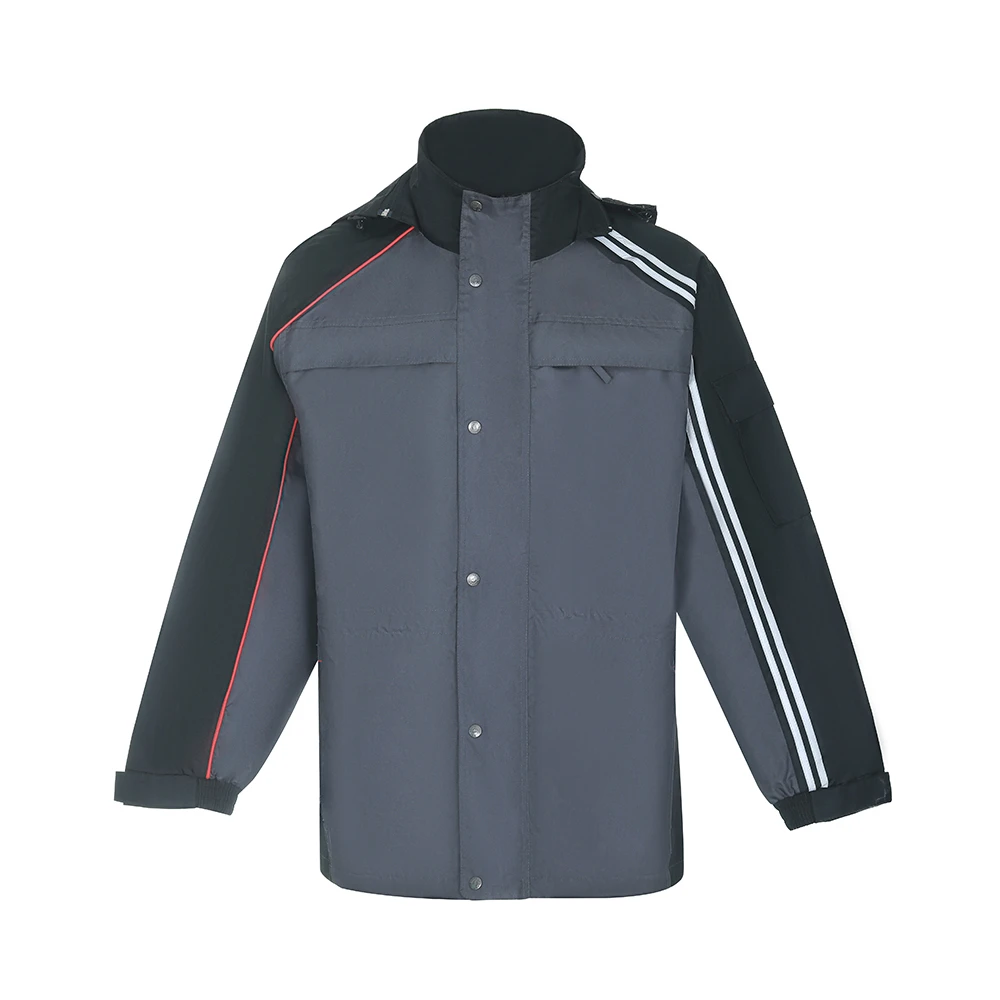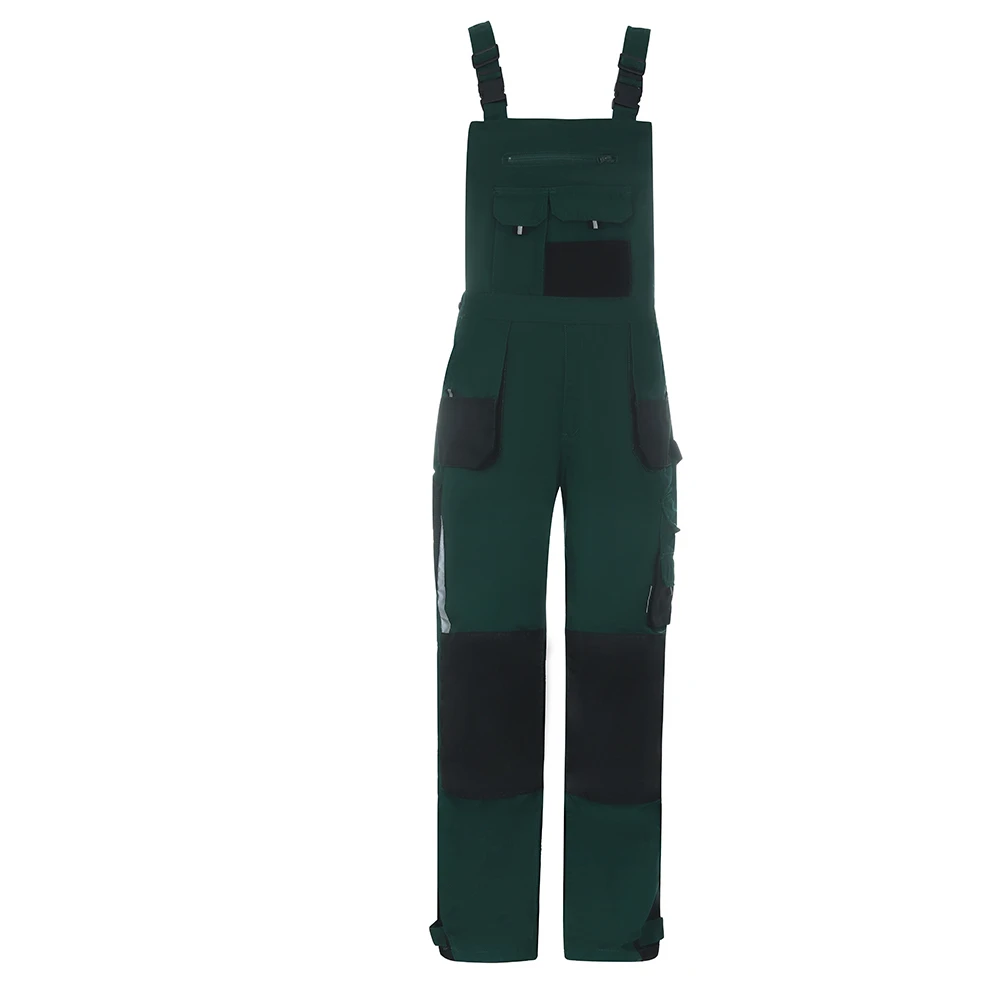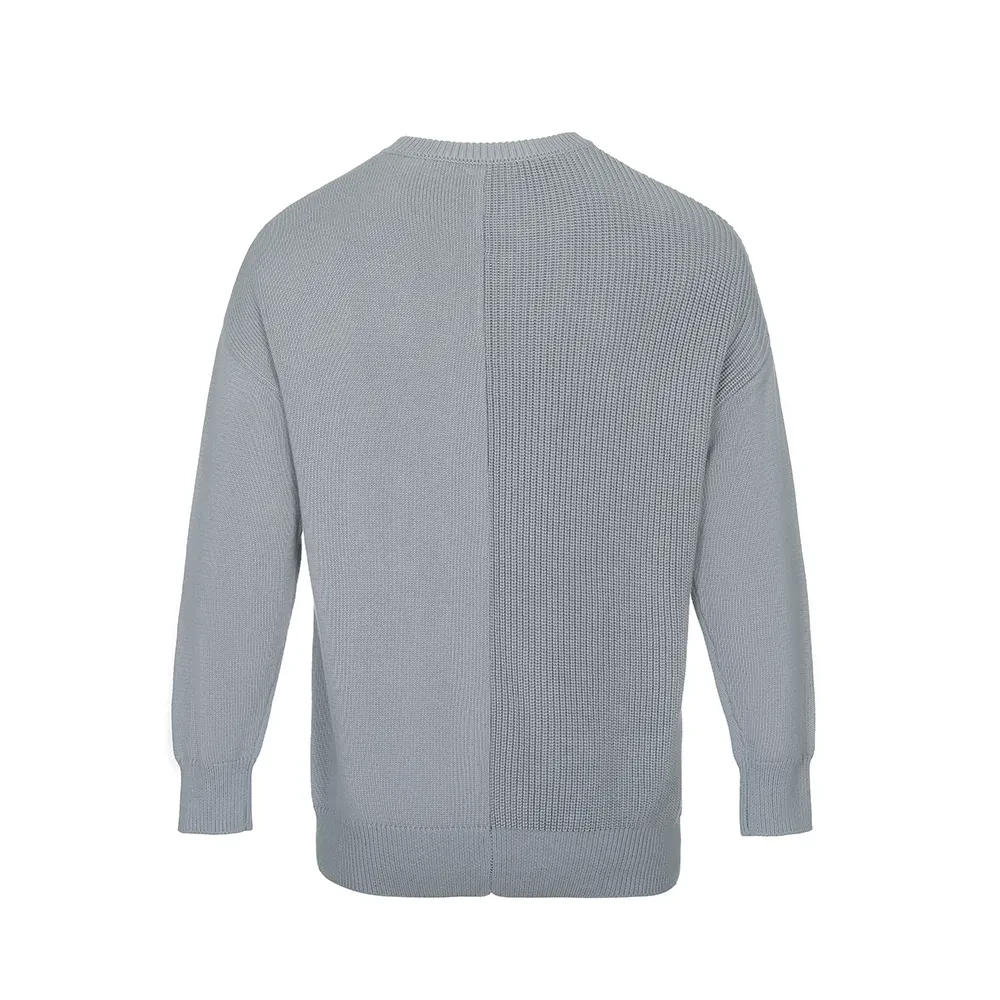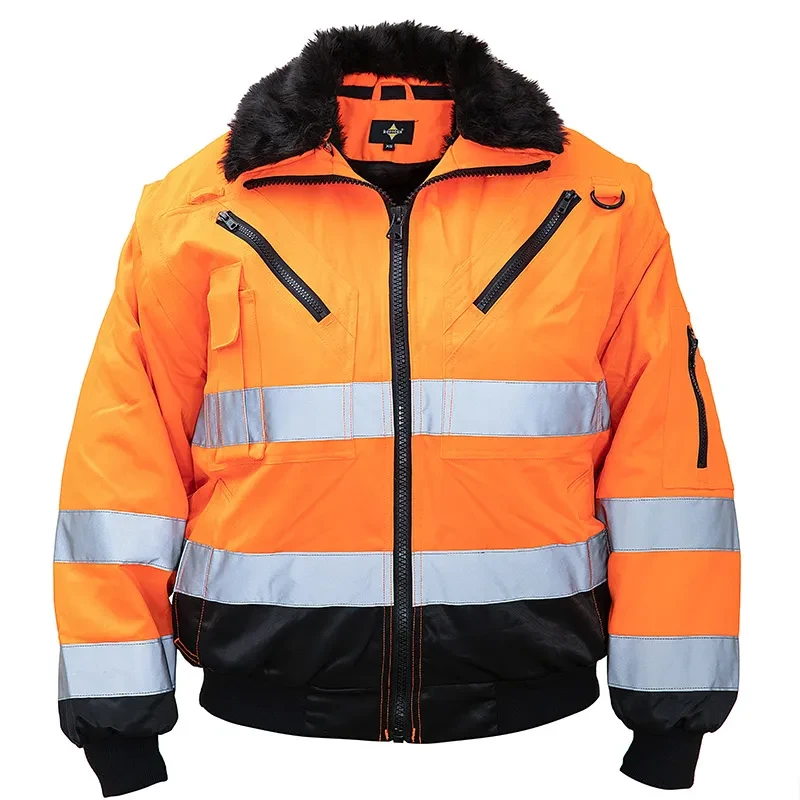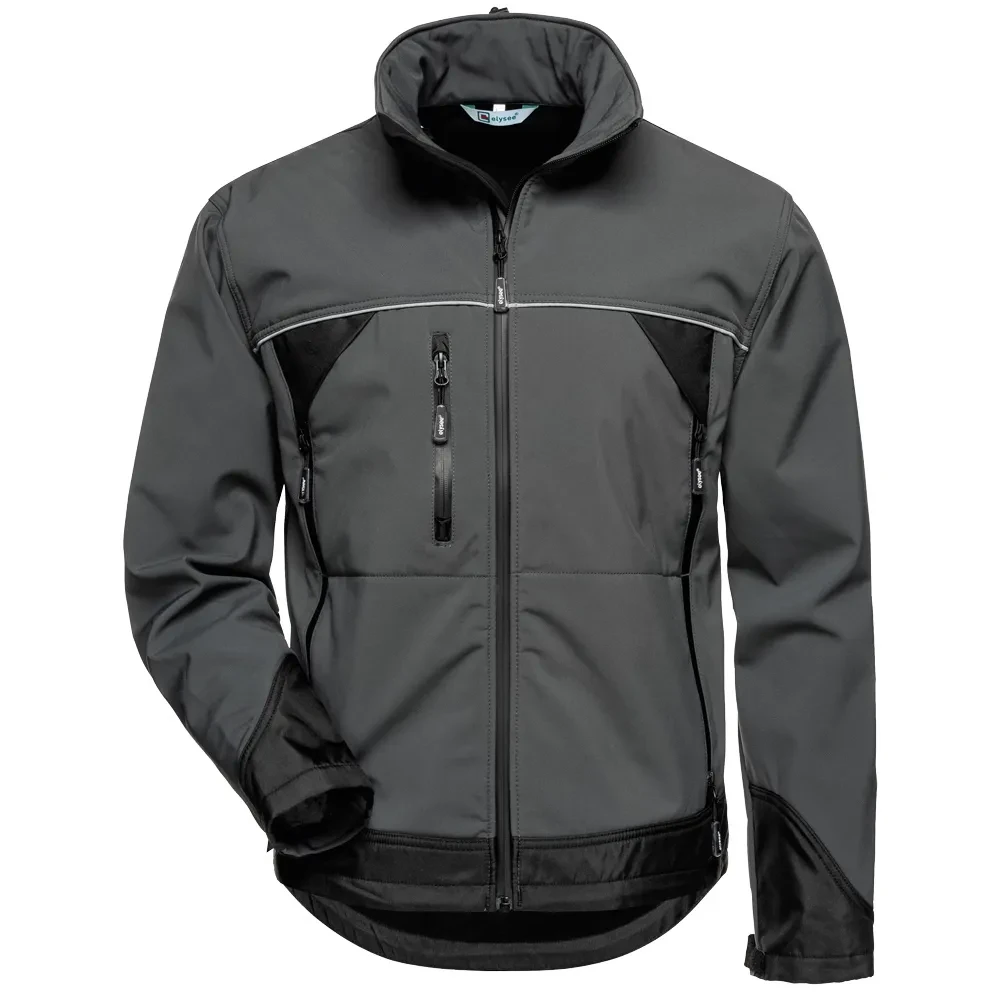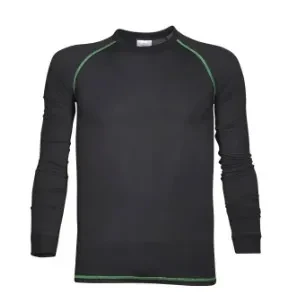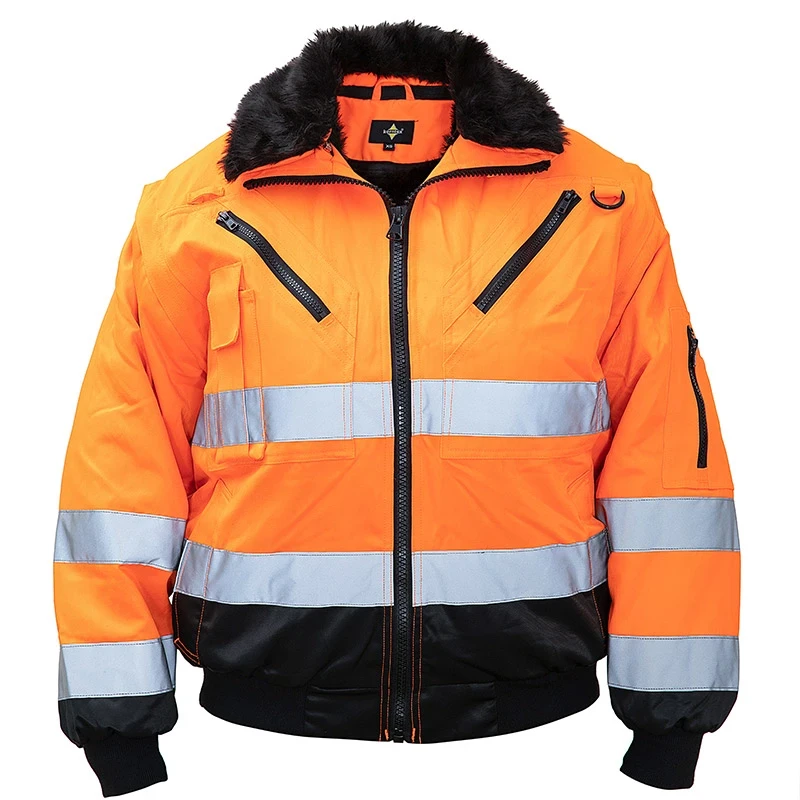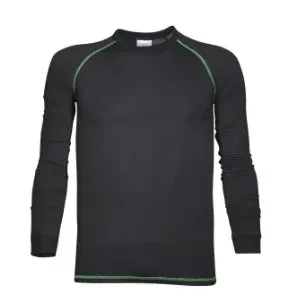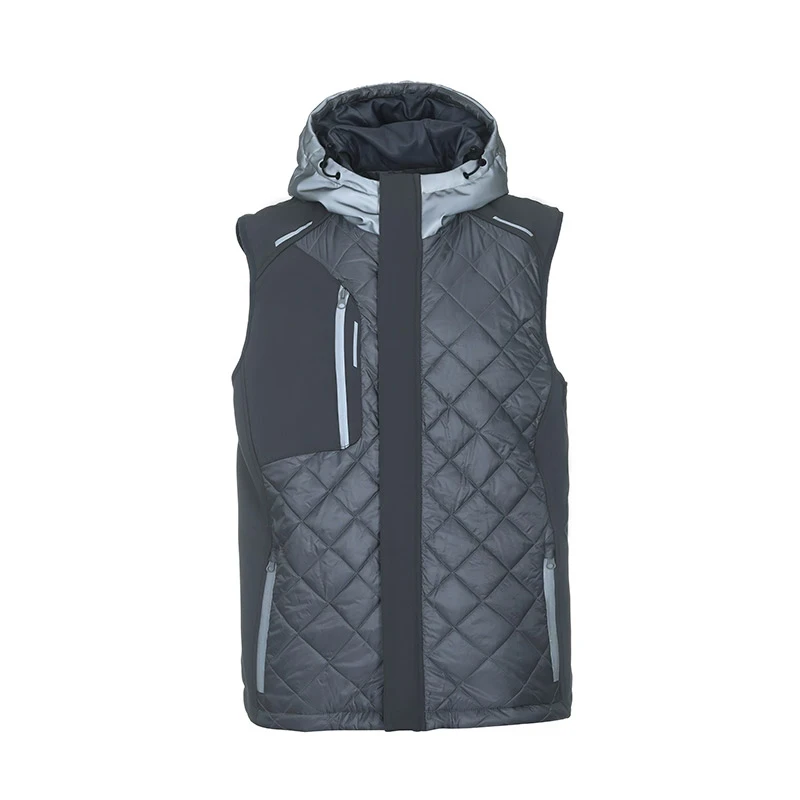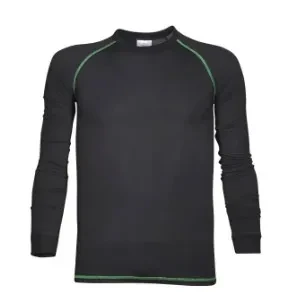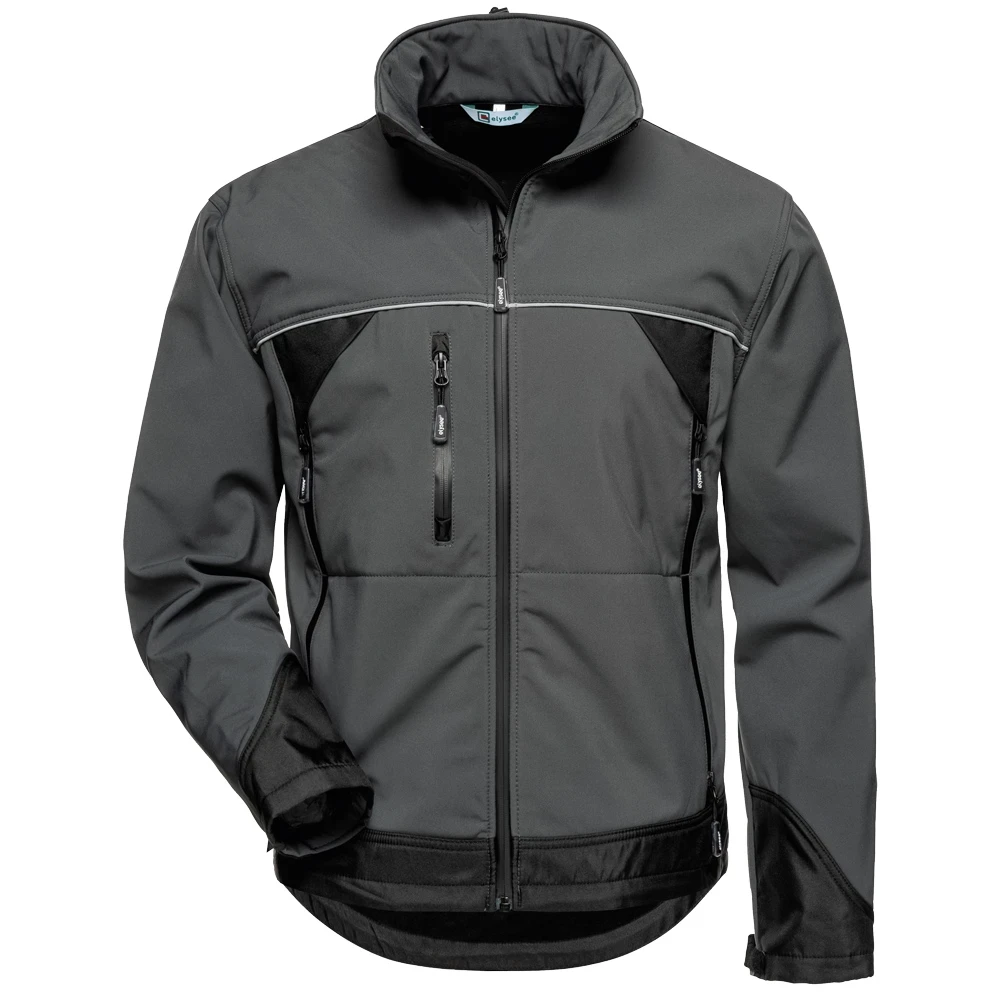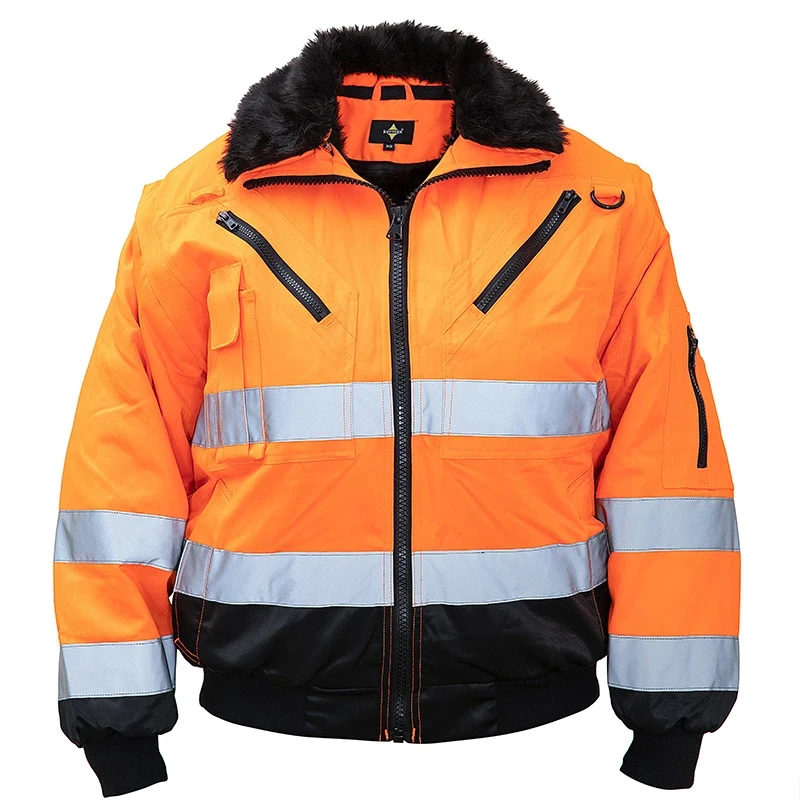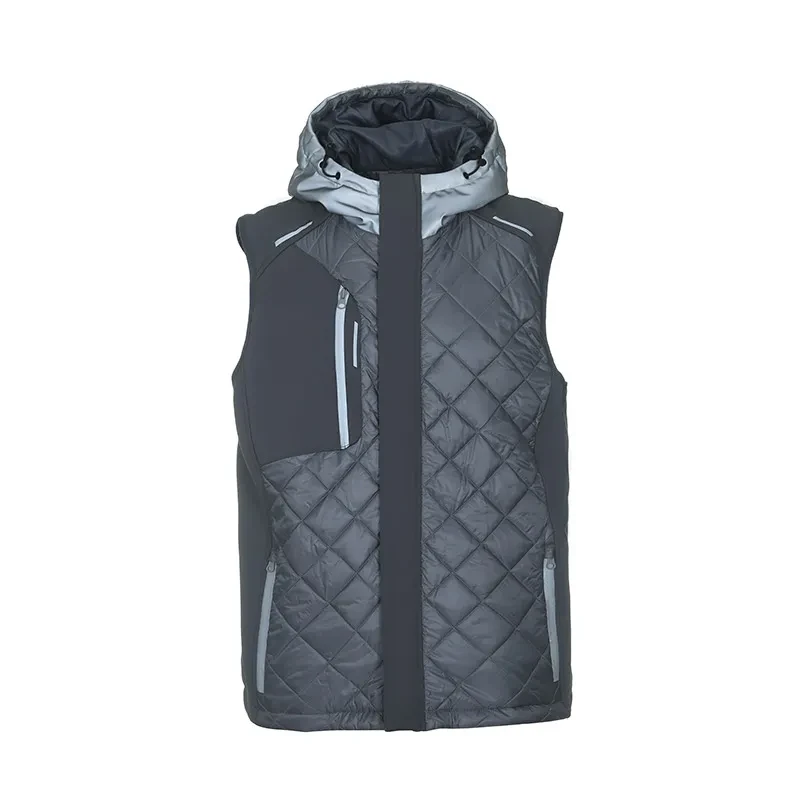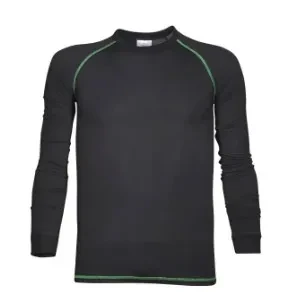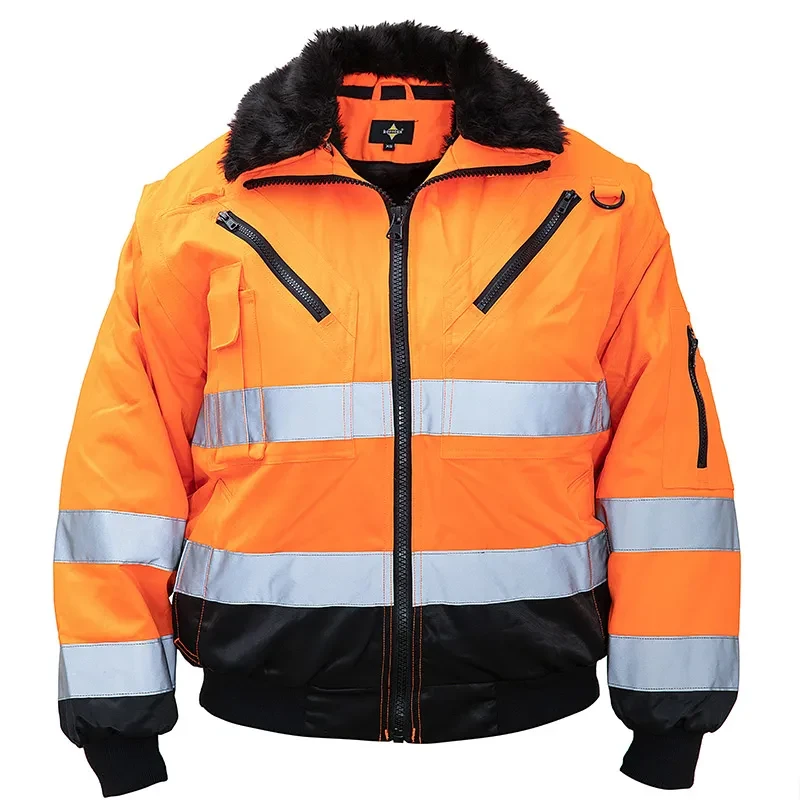Functional Design Elements in Modern Sport Clothes
In the fast - paced realm of athletic apparel, sport clothes have undergone a remarkable transformation, with functional design elements becoming the cornerstone of innovation. Modern sportswear is not merely about aesthetics; it's a fusion of style, comfort, and performance, all driven by carefully crafted design features.

Strategic Ventilation in Sport Clothes
Strategic ventilation stands as a crucial functional design element in sport clothes. Sportswear manufacturers are constantly exploring new ways to enhance breathability, understanding that overheating can significantly hamper an athlete's performance. Mesh panels, a common feature, are meticulously placed in areas prone to excessive sweating, such as the underarms, back, and inner thighs. These panels allow for optimal air circulation, effectively dissipating heat and moisture. Some advanced sport clothes even incorporate laser - cut perforations or adjustable vents. These innovative solutions give wearers the ability to customize the airflow according to their activity level and environmental conditions. For instance, during high - intensity workouts, opening up the vents can provide instant relief, while in cooler weather, they can be closed to retain warmth. This thoughtful ventilation design not only improves comfort but also helps athletes maintain peak performance, making such sport clothes highly sought after in the market.
Advanced Moisture - Wicking in Sportswear Material
The evolution of sportswear material has been a game - changer when it comes to moisture management in sport clothes. Today's high - performance sportswear relies on advanced moisture - wicking fabrics that are engineered at a molecular level. Polyester blends, in particular, have become a staple due to their unique fiber structures. These fibers are designed to quickly draw sweat away from the skin's surface and spread it across the fabric, accelerating the evaporation process. This is achieved through a combination of capillary action and the fabric's hydrophobic properties. Additionally, some sportswear material incorporates technologies that enhance the moisture - wicking ability, such as embedded hydrophilic polymers. By keeping the body dry, sport clothes made with these materials prevent chafing, reduce the risk of skin irritation, and maintain a comfortable microclimate. This is especially important during long - duration activities or in humid environments, where traditional fabrics would leave the wearer feeling damp and uncomfortable. As a result, sportswear material with superior moisture - wicking capabilities commands a premium in the market, influencing the sportswear price while providing real - world benefits to consumers.
Ergonomic Cut and Fit in Sport Clothes
Sportswear manufacturers recognize that an ergonomic cut and fit are essential for sport clothes to truly perform. Gone are the days of one - size - fits - all athletic apparel. Modern sportswear is designed with precision, taking into account the unique movements and postures associated with different sports. Specialized patterns are created to follow the natural contours of the body, ensuring a snug yet flexible fit. For example, in athletic tops, raglan sleeves or articulated shoulders allow for a greater range of motion in the arms, which is crucial for activities like weightlifting, swimming, or tennis. In pants, gusseted crotches and contoured waistbands provide freedom of movement without restricting the hips and legs. These ergonomic features not only enhance performance during sports but also offer everyday comfort, making sport clothes suitable for a wide range of activities beyond the gym. Whether it's running errands, going for a hike, or simply lounging, the ergonomic design ensures that the clothes move with the body, reducing fatigue and increasing overall satisfaction.
Durable Reinforcements by Sportswear Manufacturers
Sportswear manufacturers prioritize durability when designing sport clothes, especially considering the rigorous demands placed on athletic apparel. High - wear areas, such as the knees, elbows, seat, and cuffs, are reinforced with stronger materials or additional stitching techniques. Abrasion - resistant fabrics, like Cordura or Kevlar blends, are often used in these critical areas. For example, in mountain biking pants, the knees and seat regions are typically reinforced to withstand the constant rubbing against the bike saddle and the occasional falls. Double - stitching or bartacking is employed to strengthen seams, preventing them from unraveling over time. Some sport clothes also feature reinforced hems and stress points, ensuring that the garment can endure frequent use and washing. By investing in these durable reinforcements, sportswear manufacturers not only extend the lifespan of sport clothes but also enhance their value proposition. Consumers are willing to pay a higher sportswear price for products that they know will last, making durable sportswear a wise investment for wholesalers looking to build long - term customer loyalty.
Sport Clothes FAQS
How do functional design elements affect sportswear price?
Functional design elements require advanced materials and complex manufacturing. This raises production costs, leading sportswear manufacturers to set higher sportswear price, reflecting enhanced product value.
What sportswear material offers the best moisture - wicking?
Polyester blends with unique fiber structures are top for moisture - wicking. Their ability to quickly draw sweat away and speed up evaporation makes them ideal for sport clothes.
Why is ergonomic fit important in sport clothes?
Ergonomic fit follows body contours, enabling free movement. It boosts performance during sports and ensures comfort in daily activities, meeting consumers' diverse needs.
How do sportswear manufacturers ensure durability?
Sportswear manufacturers use abrasion - resistant materials in high - wear areas and reinforce seams with double - stitching or bartacking to enhance sport clothes' durability.
Can smart storage in sport clothes impact performance?
Smart storage in sport clothes is designed to be lightweight and unobtrusive. It securely holds essentials without hindering movement, so it doesn't impact performance.

